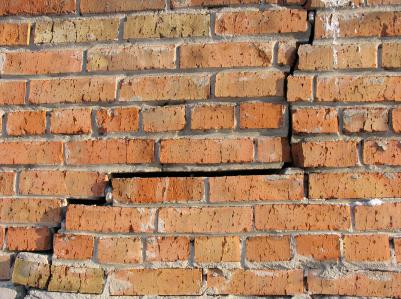 California may be known for its earthquakes but they can actually happen all over the U.S.
California may be known for its earthquakes but they can actually happen all over the U.S.
A 5.8 magnitude quake hit Virginia in August, 2011.
Lesser tremors happen periodically in many other parts of the country.
Wherever they strike, homeowners could be unaware that their regular homeowner’s or business insurance policy does not cover such events, according to the Insurance Information Institute.
Coverage is usually available for earthquake damage in the form of a supplemental policy from private insurance companies.
In California homeowners can secure coverage from the California Earthquake Authority, a privately funded, publicly managed organization, as well as from private insurers. The CEA does not offer coverage for commercial, industrial or business properties.
The CEA gives homeowners discounts on their policies when they retrofit their older homes to better fit current earthquake standards. This may include bolting the house to the foundation, bracing cripple walls with plywood and strapping water heaters to the structure of the home.
“Earthquakes can strike suddenly, without warning and can occur at any time, and in any season of the year,” Loretta Worters, vice president of the I.I.I., said in a statement. “That’s why it’s important that everyone, no matter where they live, contact an insurance professional to make sure that they have the right type and amount of insurance.”
Earthquake insurance provides protection from the shaking and cracking that can destroy buildings and personal possessions. It may cover increased costs to meet current building codes and costs to stabilize the land under a home.
These policies cover debris removal and pay for extra living expenses incurred while a home is being rebuilt or repaired. Coverage for other kinds of damage that may result from earthquakes, such as fire and water damage due to burst gas and water pipes, is provided by standard homeowners and business insurance policies in most states.
Home and business owners can review their earthquake coverage and declarations page or ask their insurance professional to explain whether they have coverage for landslides, mudflows, tsunamis or volcanic eruption. In some states, separate coverage must be purchased. In other states, landslides and mudflows are covered up to one year after an earthquake.
Cars and other vehicles are covered for earthquake damage under the optional comprehensive portion of an auto insurance policy.
Earthquake insurance policies often carry a deductible, generally in the form of a percentage rather than a dollar amount. Deductibles can range anywhere from 2 percent to 20 percent of the replacement value of the structure, depending on a myriad of factors such as location and the type of home.
For example, if it costs $100,000 to rebuild a home and the existing policy has a 2 percent deductible, the policyholder would be responsible for paying the first $2,000 in repair costs.












